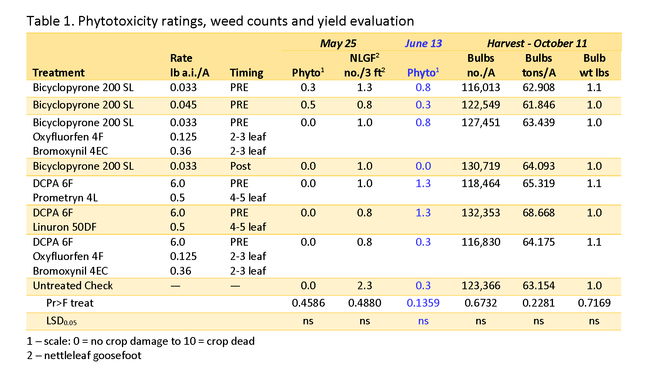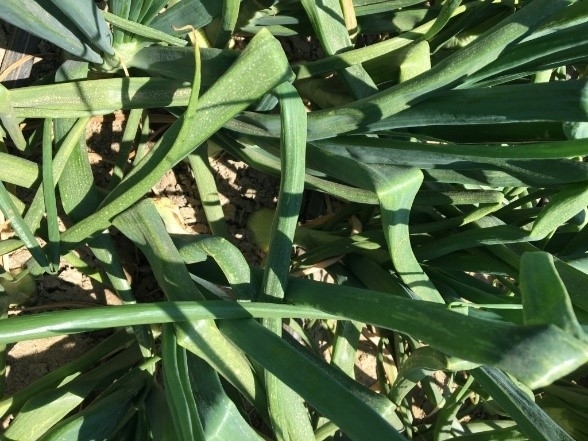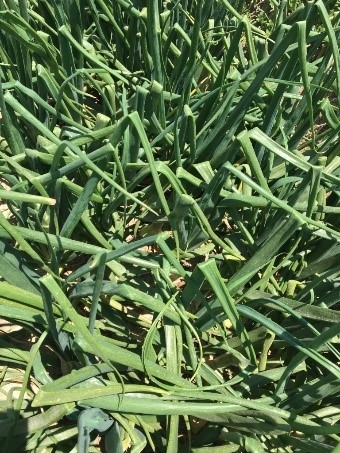Onions is a challenging crop in which to achieve good weed control. They are planted in high density configurations that preclude the effective use of cultivation. Cultural practices such as locating plantings in fields have low weed populations, as well as preirrigating up a flush of weeds followed by killing them with shallow cultivation can be effective in minimizing the population of weeds that emerge during the crop cycle.
In general, excellent weed control for many of the common cool and warm season vegetables can be accomplished by a combination of the registered pre- and post-emergence herbicides. The weed control challenges in onions occur with weeds that are not well controlled by currently registered herbicides. It is therefore important to continue to examine any new herbicide options or find new uses for old herbicides to fill in the gaps and address specific weed issues.
In 2018 we evaluated pre- and post-emergent applications of bicyclopyrone (Syngenta Corp), as well as prometryn and linuron applied at the 4-5 leaf stage. The idea for using prometryn and linuron came from a project we were doing on leeks in which both materials were quite safe to this crop. There was low weed pressure in the field, but there was a trend that indicated fewer weeds in all herbicide treatments (Table 1). All treatments had low phytotoxicity ratings. Interestingly, both prometryn and linuron bent the leaves of onions (see photo) in a similar fashion to what we observed in the leek trials; however, there were no other evident phytotoxicity issues. There were no negative impacts of any of the treatments on onion yield. This year we are looking at applications of prometryn and linuron earlier in the crop cycle.


